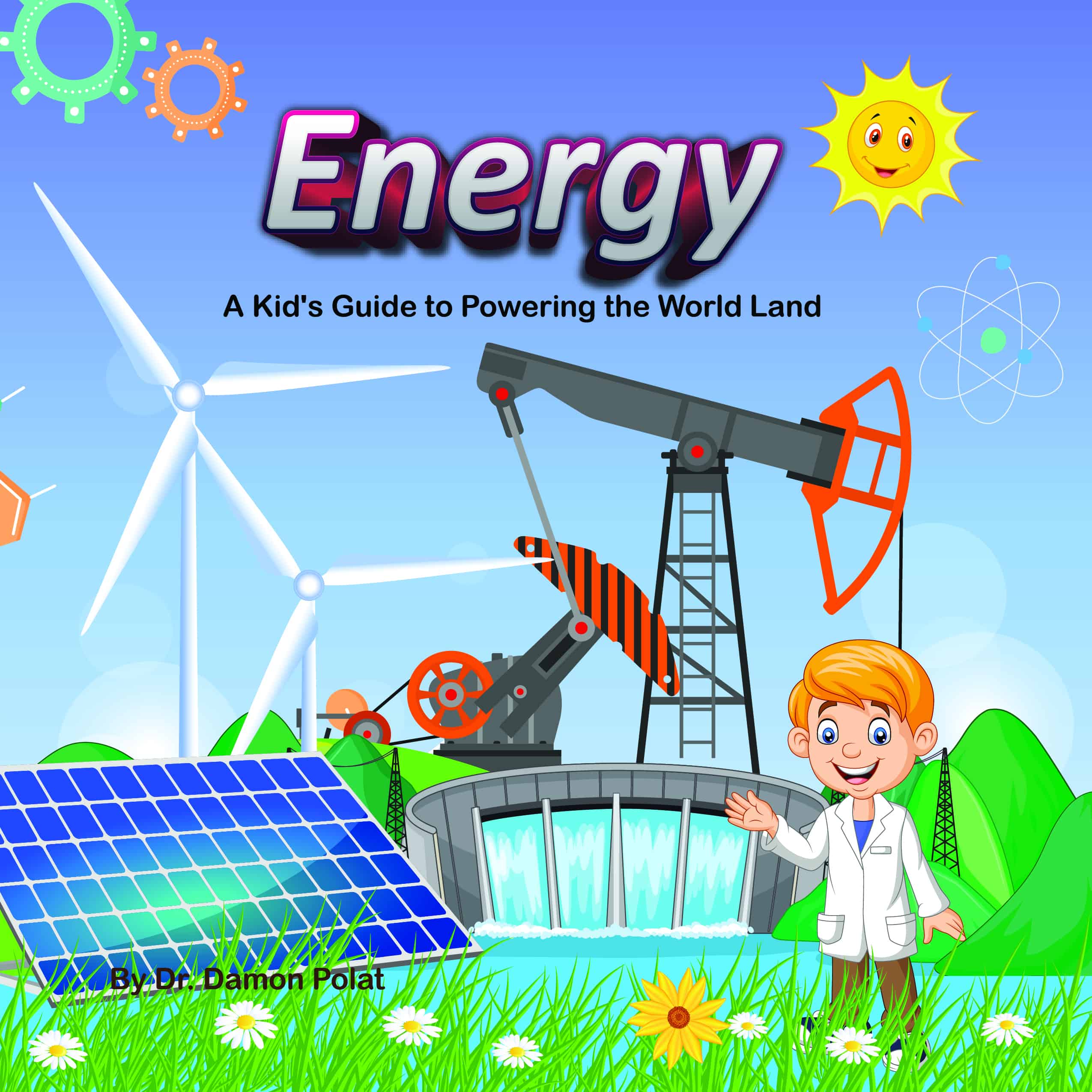How Reading Children’s Science Books May Spark Curiosity

How Reading Children’s Science Books May Spark Curiosity
As a parent, educator, or anyone who cares about our children’s future, you want to encourage them to be curious and excited about the world around them. One of the best ways to spark children’s curiosity is through reading.
Reading children’s science books is a great way to spark children’s interest in the world, innovations, and technologies and help them improve their knowledge and skills that will help them get ahead.
Children’s science books are written in a way that is easy for young children to understand and cover various topics, including physics, space, planets, the human body, and technology. These books use illustrations, photos, and diagrams to explain complex concepts in an easy-to-understand way. As children read these books, they learn new ideas and concepts and are encouraged to think about how these concepts apply to the world around them.
Benefits
Curiosity
One of the most important benefits of reading children’s science books is that it stimulates curiosity. Curiosity is essential for children to develop because it encourages them to ask questions, search for new information, and explore the world around them. When children are curious, they’re more likely to learn, which leads to better academic performance and higher achievement levels.
Critical thinking skills
Reading children’s science books also helps children develop critical thinking skills. These books challenge children to think about complex concepts and ideas and to analyze and evaluate the information presented. This critical thinking process is vital for children because it helps them make informed decisions and solve problems in their everyday lives.
Love of learning
Another benefit of reading children’s science books is that it helps children develop a love of learning. Children exposed to new ideas and concepts are more likely to want to learn more. This love of learning can help children throughout their lives because it encourages them to continue to explore and learn new things.
Foundational knowledge
Children’s science books also provide children with a foundation for future learning. Children reading about science and technology at a young age are better prepared for science and technology classes in school. They also better understand the world around them, which can help them make connections between different topics and concepts.
STEM Careers
Reading children’s science books can also inspire children to choose careers in science, technology, engineering, and math (STEM). These books introduce children to the different areas of STEM and can show them how to apply their interests and skills in these areas. By getting children excited about careers in STEM, we can prepare them for the jobs of the future.
Science is fun
Finally, reading children’s science books can be a fun and engaging activity for children and adults. These books contain exciting facts and stories and can stimulate conversations and discussions about science and technology. They also allow parents and educators to interact with children and encourage their curiosity and love of learning.
Conclusion
Reading children’s science books is a great way to spark children’s curiosity about the world, innovations, and technology. These books help children develop critical thinking skills, foster a love of learning, and build a foundation for future learning. They can also inspire children to pursue careers in STEM and provide fun and engaging activities for children and adults alike.
As parents, educators, and caregivers, we should encourage children to read science books and explore the world around them. This way, we can inspire the next generation of scientists, engineers, and innovators.

